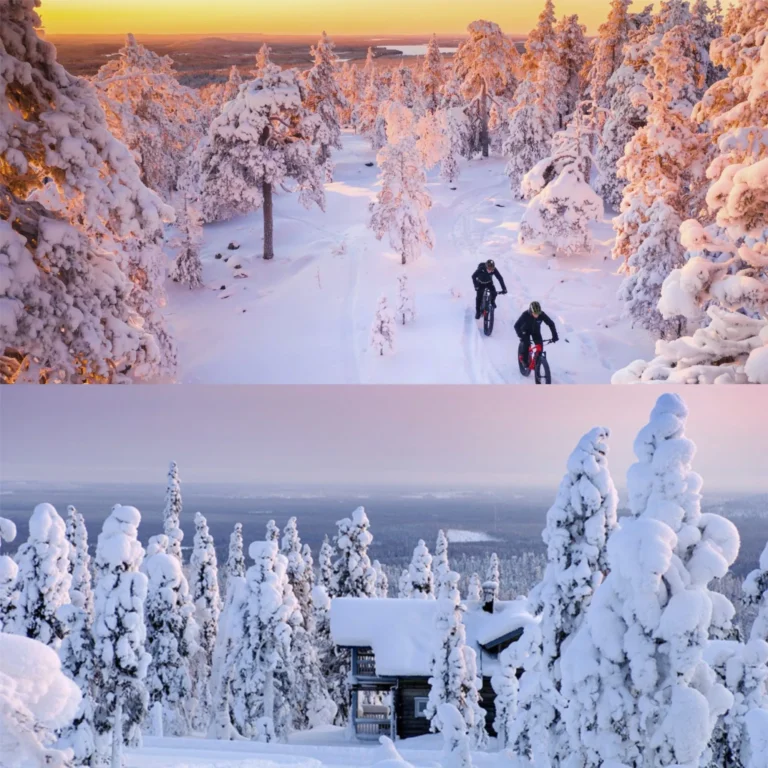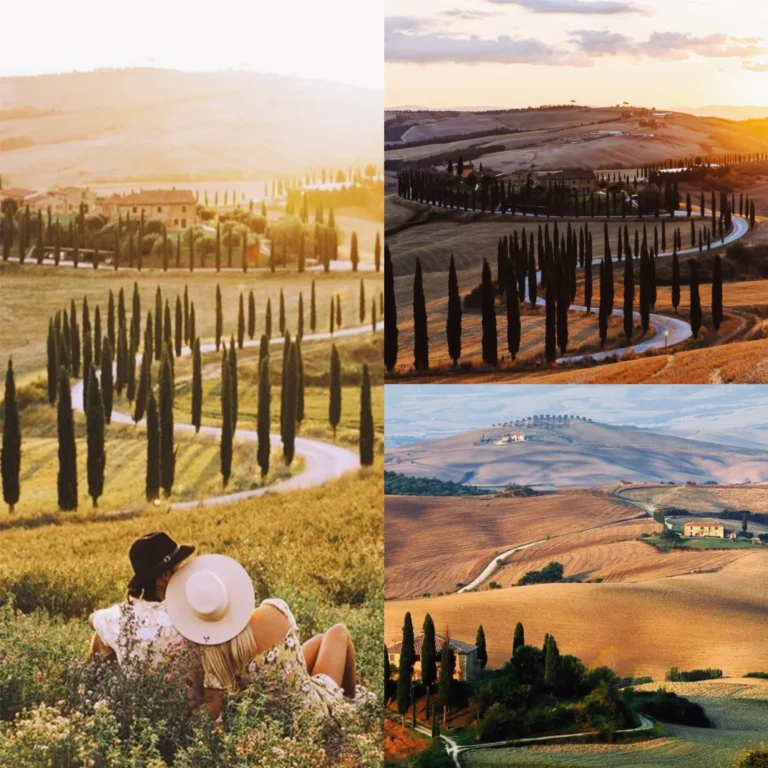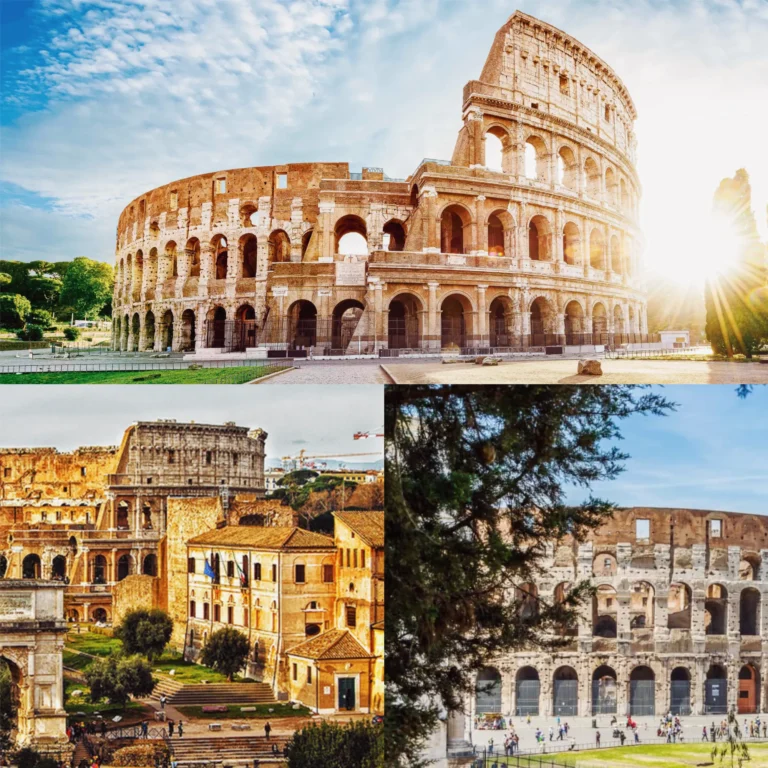Only 39% of Americans View National Parks as Accessible Options—Here’s a Simple Fix
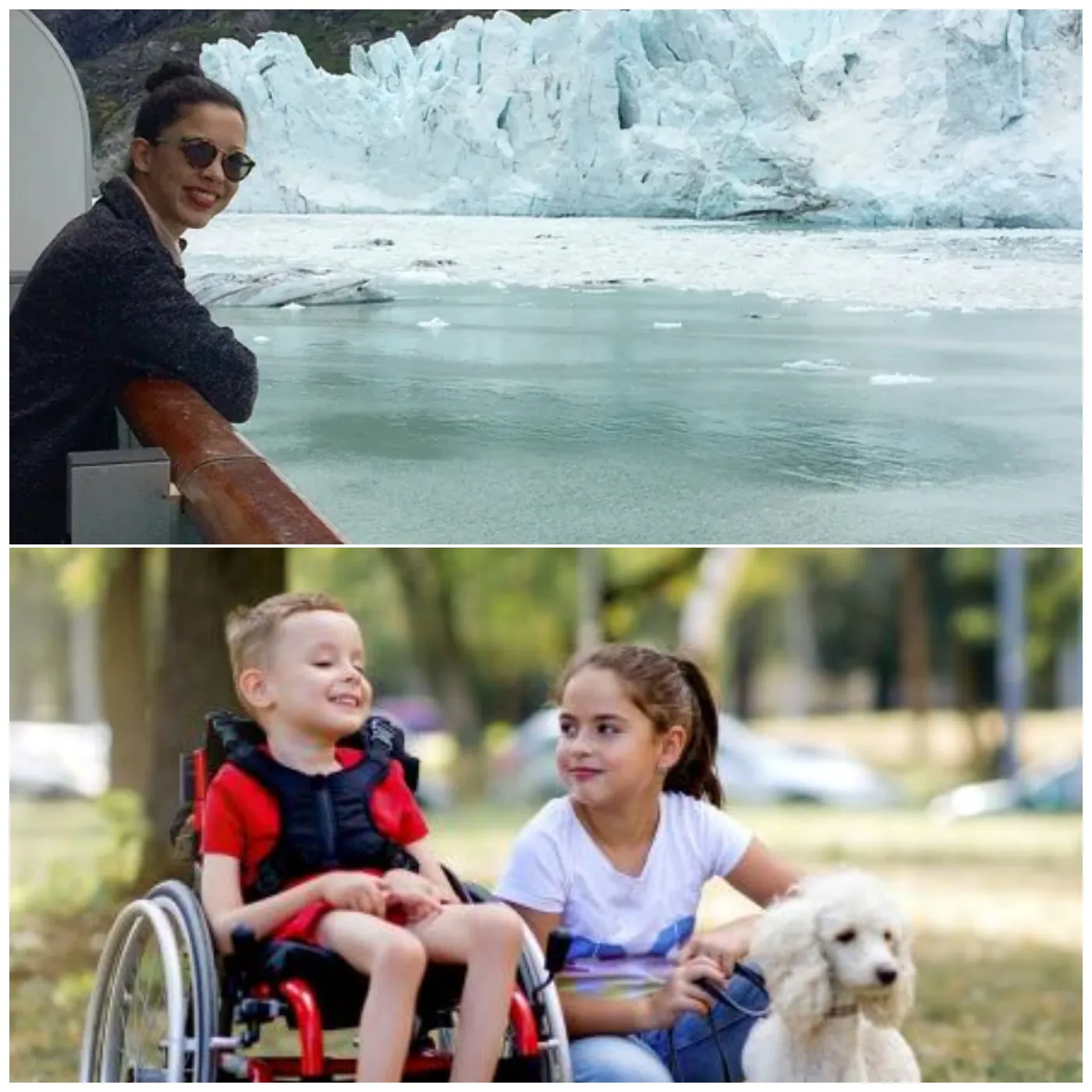
One in four U.S. adults has some form of disability, yet only 39% of Americans view national parks as accessible travel options for all levels of ability. Kelly Dawson, who has cerebral palsy and cannot walk long distances, demonstrates that exploring America’s national parks is possible with the right accommodations. She has enjoyed the Grand Canyon, Saguaro National Park, and the Everglades, proving that the desire to experience nature is not fundamentally different between those with and without disabilities.
According to the Centers for Disease Control and Prevention, one in four U.S. adults has a disability. For many, the idea of exploring the nation’s more than 400 national parks can seem daunting. The Outdoor Recreation Consumer Study by Booz Allen Hamilton highlights that only 39% of 3,000 surveyed Americans see national parks as accessible for all abilities. Will Healy from Booz Allen emphasizes the need to understand current accessibility issues in these parks.

Dawson attributes this perception issue to how people envision national parks—often imagining physically demanding activities like hiking and whitewater rafting rather than more accessible options. Technology, however, can play a crucial role in breaking down these barriers. By providing detailed and accessible information online, parks can cater to various needs and empower more people to visit.
The National Park Service is committed to ensuring accessibility, offering features like the National Park Access Pass for U.S. citizens with permanent disabilities. This pass provides free lifetime entry, and an interactive map highlights accessible features like ramps and tactile models.
Despite progress, there is still much work to be done. The survey found that 84% of respondents believe technology could enhance park accessibility by increasing awareness of wheelchair-accessible areas and crowdsourcing individual experiences. Nearly half of the respondents said they would be more likely to visit a national park if they had better information about its accessibility.
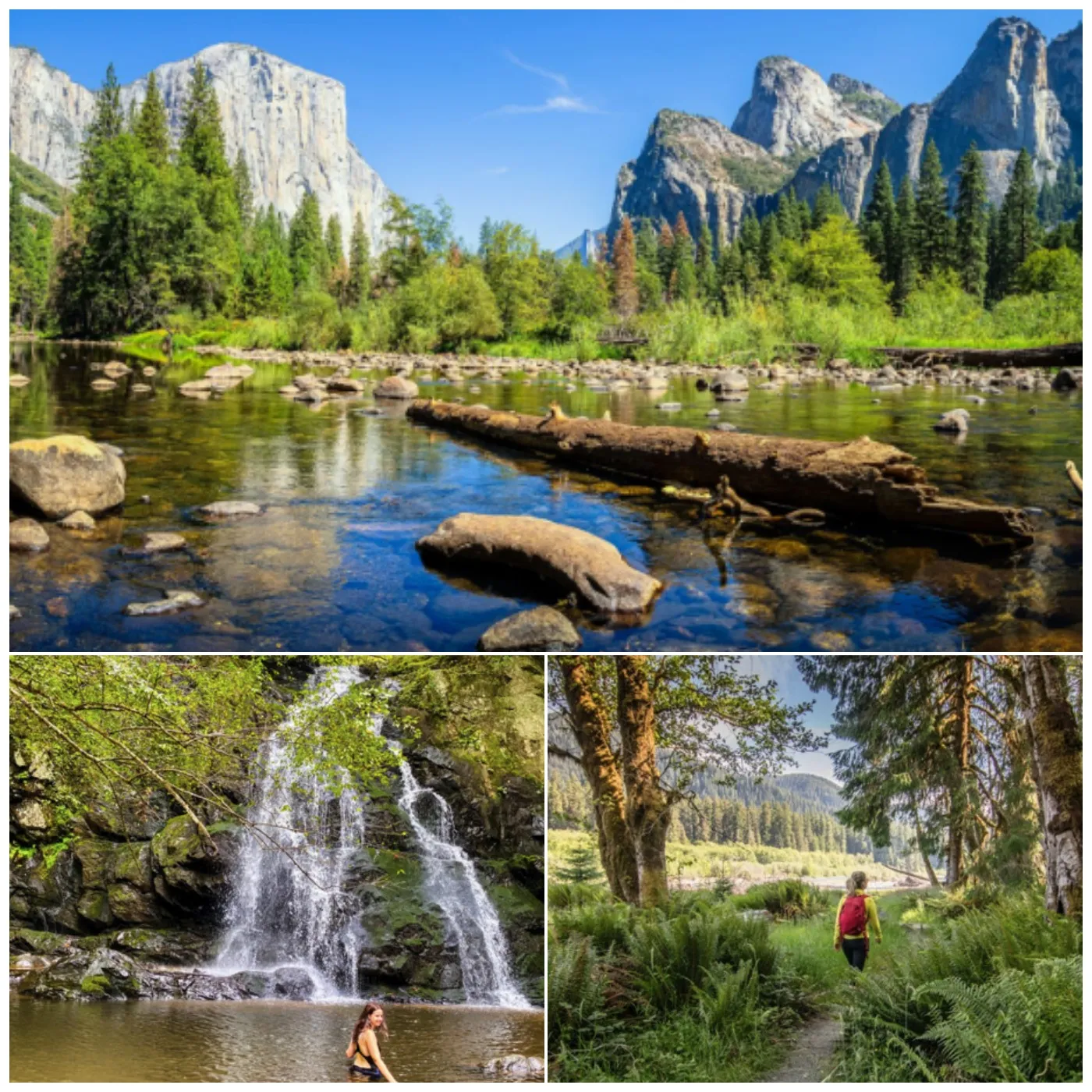
Dawson, who plans her park visits by researching accessible trails and activities, notes that what is easy for one person may not be for another. Some may require low-sensory or quieter campsites, and this information is not always readily available. Crowdsourcing from visitor reviews can help bridge this gap. Booz Allen hopes to create a digital platform consolidating accessibility information to make it easier for travelers to find and plan their visits.
Making national parks more accessible is not just about physical changes but also about improving information and resources to ensure everyone can enjoy these natural wonders
